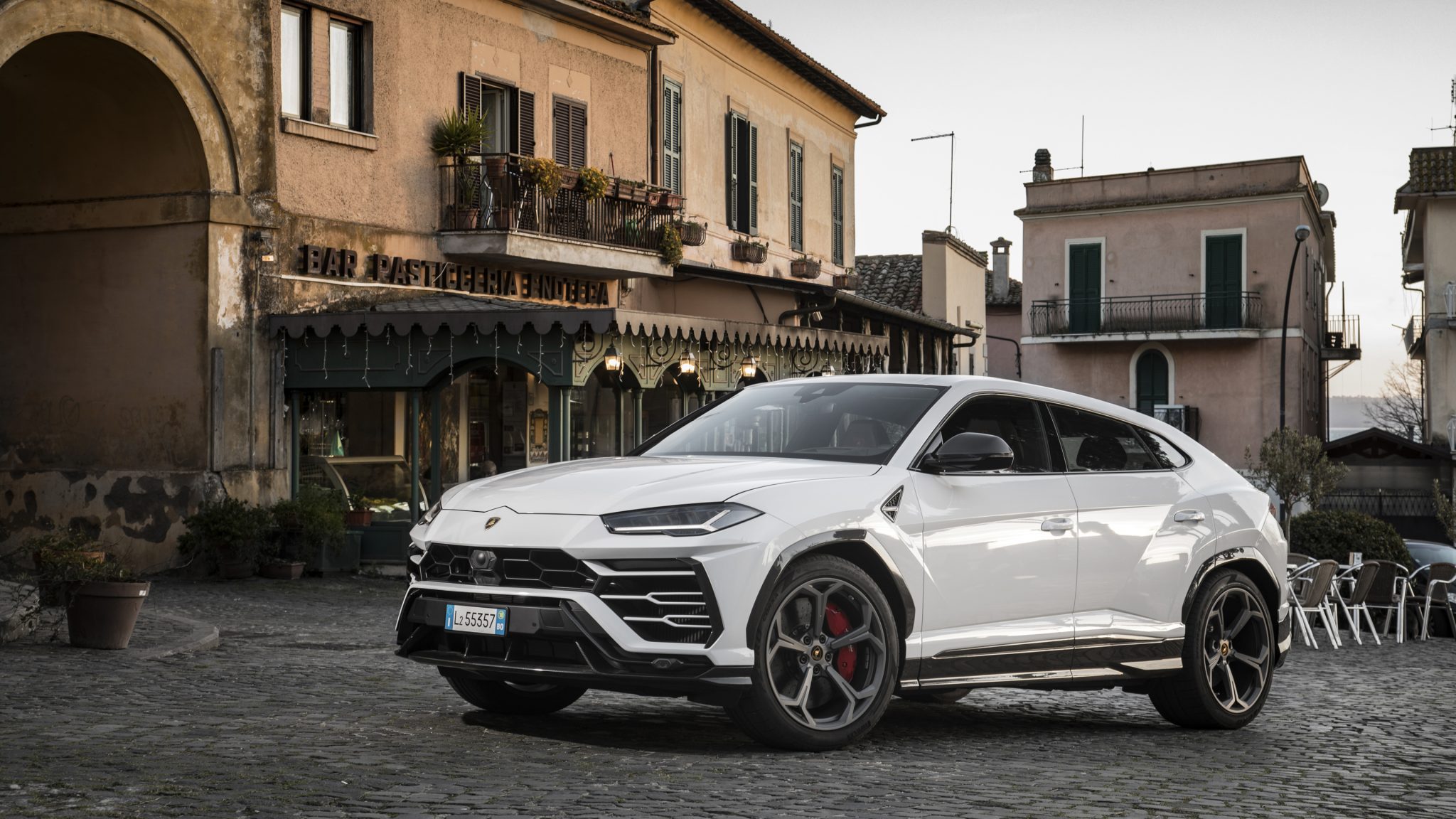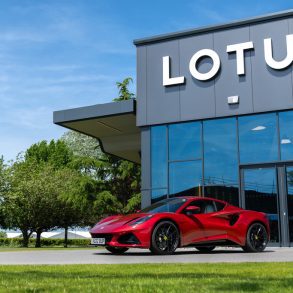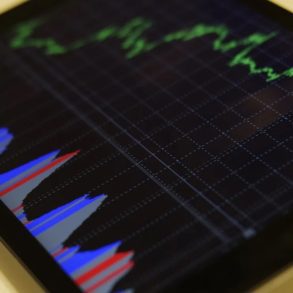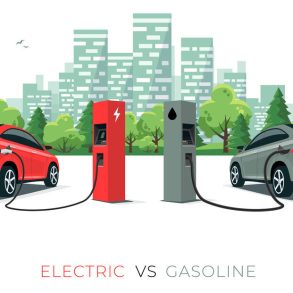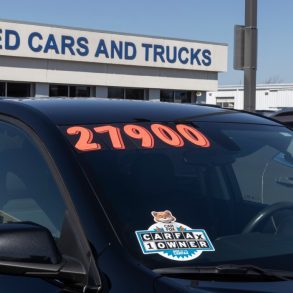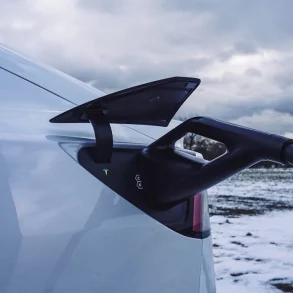2021 Europe Automotive Sales by Automaker – The Best-Selling Automotive Manufacturers By Sales Volume
Sales of passenger cars in 2021 dropped to the lowest annual level since 1993, at 11.76 million, down 1.6% on 2020. This makes it the second consecutive year below 12 million, after peaking at 15.66 million in 2019. If 2020 sales were affected by lockdowns related to the COVID-19 pandemic, in 2021 the challenges to the industry were exacerbated by distruptions in the supply chain and a worldwide shortages in semiconductors. Some brands were able to weather this storm better than others thanks to strategic partnerships with suppliers of microchips. The industry is expected to suffer from these supply shortages until the second half of 2022 so we expect European sales to have bottomed out and predict a recovery to start this year.
Among the five major markets, only Germany posted a decline (-10.5%), while Italy (+5.5%), UK and Spain (both +1.0%) and France (+0.5%) shows modest growth figures. Biggest gainers are Iceland (+35.8%), Norway and Croatia (both +24.7%) and Greece (+24.6%), while the biggest losers are Lithuania (-22%), Belgium (-11.2%), Germany and Netherlands (-9.2%).
Car models (hatchback, sedan, stationwagon, coupe and convertible) were outsold by crossovers for the first time ever in December but stay ahead for the full year. Howerver, they continue to lose market share at -7.3% and their market share drops below 50% for the first time ever at 49.9%. Crossovers and SUVs outperform at +9.5% and set a new record market share at 46.1%, almost double the share of just six years earlier in 2015. It’s just a matter of time until crossovers will outsell cars in Europe as well, especially now that a growing number of brands is offering crossover EVs. MPV sales continue to decline at -30.8% to 4% share, less than a third of their share in 2014. Plug-in vehicles (EVs and PHEVs) reached new highs, with PHEVs up 68% to top 1 million sales and BEVs up 63% to top 1.2 million, for a combined share of 19.1%, up from 11.3% in 2020.
Volkswagen Group drops below3 million deliveries for the first time since 2004, with sales down 2.7% which means its market share is down by 0.2 percentage points to 25.2%. Stellantis gains 0.1 percentage points to 20.4% while Renault-Nissan is down 11.8% and loses 1.4 percentage points of market share to 12.1%. Best performing manufacturer in the top-10 is Hyundai-Kia as they had a steady supply of semiconductors during the year, allowing them to leapfrog BMW AG for 4th place with sales up 17.1%. This means they gain 1.4 percentage points of market share to a record 8.4%. Toyota Motor also excels in 2021 with sales up 6.5% to jump both Daimler AG and Ford Motor Company to become a top-6 manufacturer in Europe and gaining half a percentage point of market share. Daimler (to be renamed Mercedes-Benz Group in 2022) is down 12.8% and loses 0.7 percentage points of share, while Ford is the worst performing manufacturer at -18.6%, losing one percentage point of share to a new record low in Europe.
Geely Group is up 7.5%, Suzuki is up 11.2% but Tesla Motors continuest to set new records with sales up 73% to nearly 170,000 deliveries at 1.4% market share. Mazda also improves at +4.7%, but Tata Motors and Honda lose more than 10%. SAIC continues to break records in Europe, more than doubling its sales to over 54,000 as it expands into new markets and grows its line-up. Subaru Corporation is up 6.4% after losing a lot of volume in previous years.
2021 Best Selling Automakers in Europe
This data table looks at last month’s total automotive brand volumes in Canada by model. We compare Canadian automotive brand sales with last year. While we call it “year to date” sales, because the year is over, it is for the full sales year. With these sales numbers we also calculate a growth rate column so you can better gauge an individual automotive brands sales success in the Canadian market.
2021 Automaker Market Share Dynamics in Europe
This data table looks at total automotive sales and specific brand volumes in Canada. We compare Canadian automotive brand sales with last year. While we call it “year to date” sales, because the year is over, it is for the full sales year. With these sales numbers we also calculate a growth rate column so you can better gauge an individual automotive brands sales success in the Canadian market.
2021 vs 2020 Automaker Sales Comparison for Europe
This chart simply takes each brand and compares their year to date sales with the year to date sales for the same time last year. Brands where the current bar is lower than the prior year bar have seen declines in sales year on year whereas brands with a larger current bar and lower prior bar are seeing growth in volumes year on year.
2021 Automaker Sales Growth Analysis for Europe
This chart might seem a little complicated at first but once you understand it is very helpful. First, the size of the area for each brand refers to their market share (i.e size). The bigger the circle the larger the brand in terms of sales volumes (YTD). The position of the circle in the chart along the left axis looks at the year to date growth of that brand. The higher the brand is on the chart, the more year to date growth it is seeing in sales volumes. Along the bottom axis you can see the total volumes shipped by that brand year to date.
European car sales statistics are from the following countries: Austria, Belgium, Bulgaria, Croatia, Cyprus, Czech Republic, Denmark, Estonia, Finland, France, Germany, Greece, Hungary, Iceland, Ireland, Italy, Latvia, Lithuania, Luxembourg, Netherlands, Norway, Poland, Portugal, Romania, Slovakia, Slovenia, Spain, Sweden, Switzerland, United Kingdom. They exclude vehicles registered as commercial vehicles.
Source: ANDC, JATO Dynamics

